#green asthetic
Text








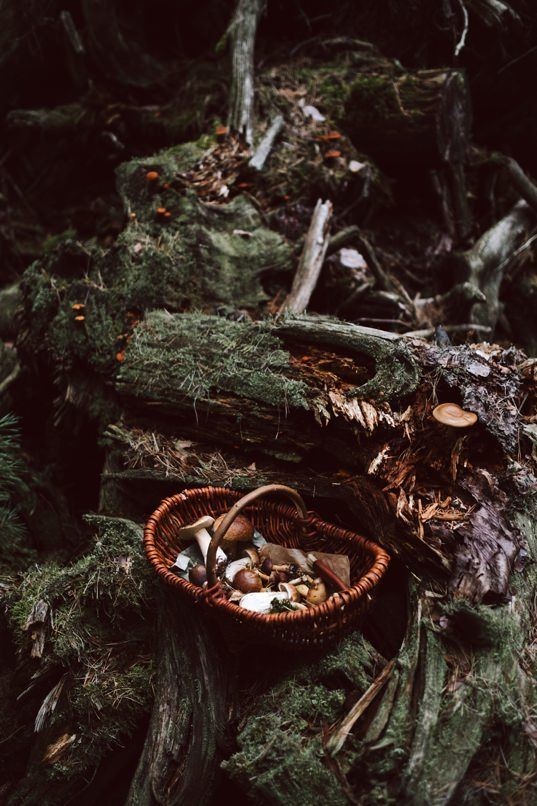
Love how this turned out!
#fairy academia#earthy academia#green#fairycore#fairy aesthetic#fairy grunge#fairy cottage#witchcore#fairy#aesthetic#green moodboard#green asthetic#cottage aesthetic#cozy cottage#cottage witch#cottagecore#green witch#earth fairy#forest witch#earth witch#earthy#asethetic#earthy aesthetic#beautiful nature#peaceful#calm#earthy tones#brown aesthetic#brown and green
1K notes
·
View notes
Text

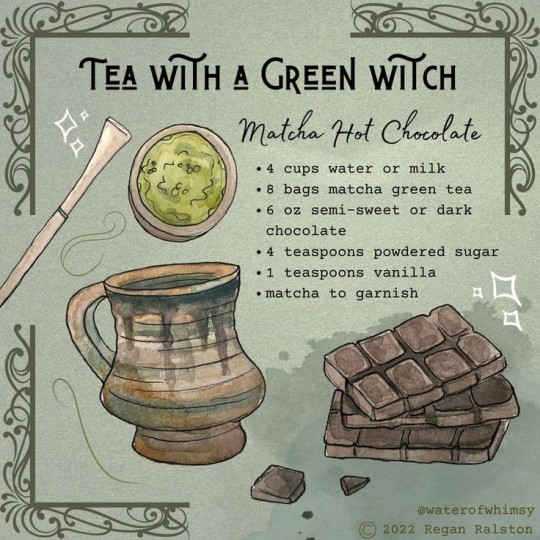



All of them sound so yummy 💚
#cottage aesthetic#nature#cozycore#fairy cottage#green witch#plantcore#cozy#fall season#mushrooms#warm and cozy#healing crystals#crystal witch#crystal healing#green asthetic#asthetic#tarot witch#witch aesthetic#witchythings#baby witch#beginner witch#cottage witch#green witchcraft#warmcore#kitchen witch
333 notes
·
View notes
Text
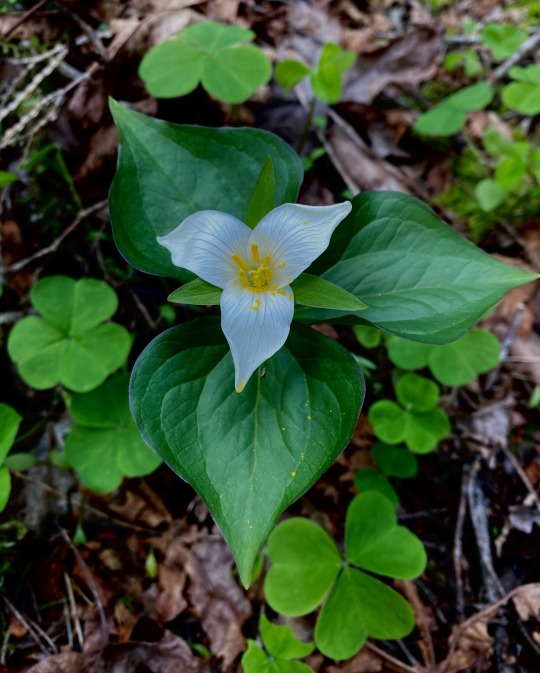
a trillium a day..
278 notes
·
View notes
Text








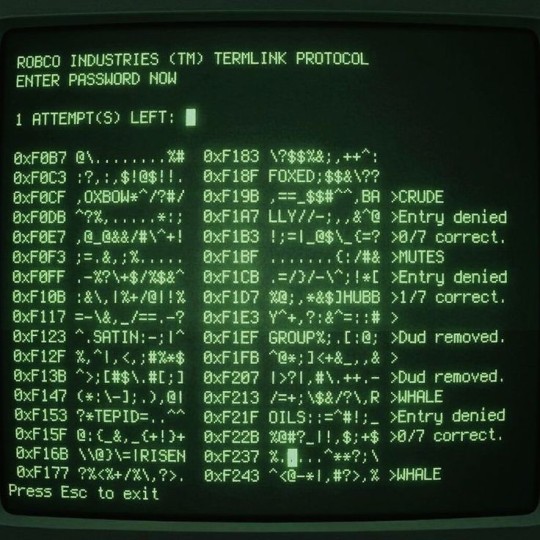

-Misa Amane.🐲
#mebellad4#moodboard#misa amane#death note#misa moodboard#green#green and black#green asthetic#moodboard green#anime#anime moodboard#black and green#anime icons#death note moodboard#misa misa#icons#asthetic#green neon#alternative moodboard#messy moodboard#messy icons#ryuki#shinigami#shinigami eyes#dividers#green dividers#aesthetic dividers#messy aesthetic#monster#the sims 2
32 notes
·
View notes
Text
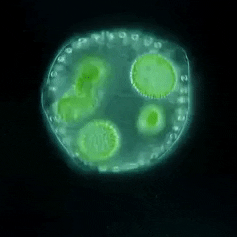





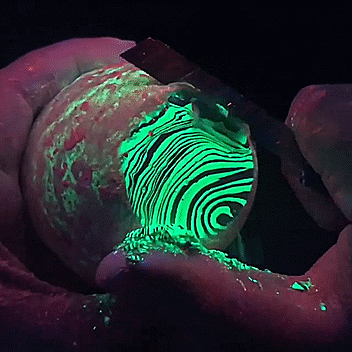
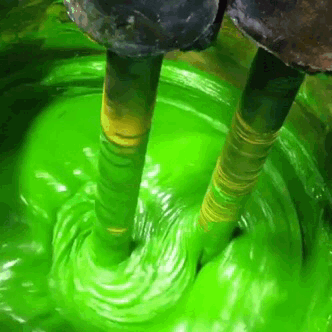

Reanimator Stimboard
Requests are open
1 | 2 | 3
4 | X | 5
6 | 7 | 8

21 notes
·
View notes
Text


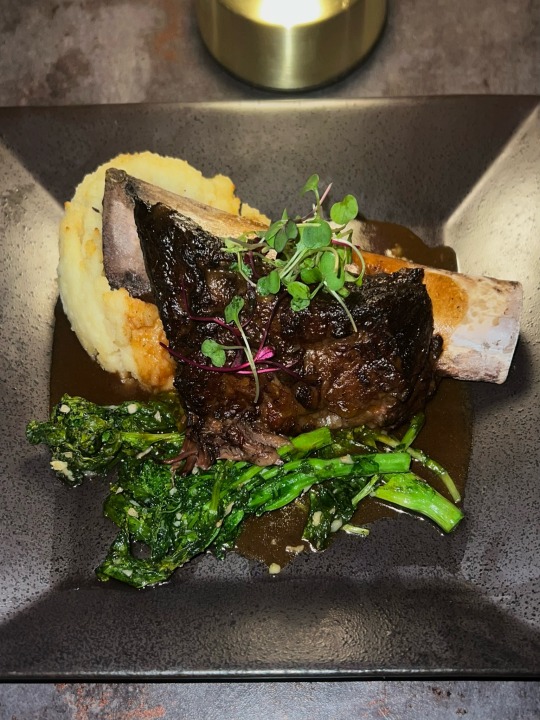

I don’t chase. I attract.
116 notes
·
View notes
Text







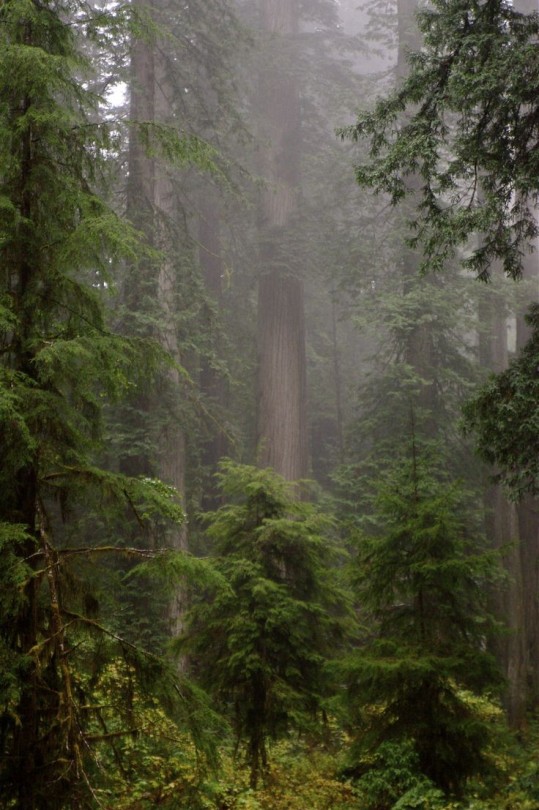

life is the art of dying
#green moodboard#green aesthetic#green plants#green#cottage garden#woodland#dark academia moodboard#classic literature#new poets society#poetry#quotes#writers and poets#dark academia aesthetic#grey academia#libraries#words#green asthetic#drak green#greenery#plantlover#plant blog#moodboard#plants#spilled ink#beautiful quote#quoteoftheday#quotation#poets on tumblr#poem#forest cottage
523 notes
·
View notes
Text
나무의 전설에 빠져 내 영혼은 흙의 선율을 노래하네 ☘️





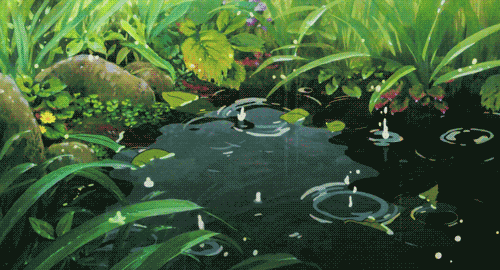



.・゜゜・.☘️. ✿ ♡・ ☘️ . 🌱 ♡゜゜・
Namjoon green aesthetic 🌷😭☘️
#namjoon#namjoon moodboard#kim namjoon#bts namjoon#bts moodboard#bts messy icons#bts namjoon moodboard#kpop messy#bts#kpop moodboard#kpop#rm bts#dark forests#green asthetic#moodboard
98 notes
·
View notes
Text




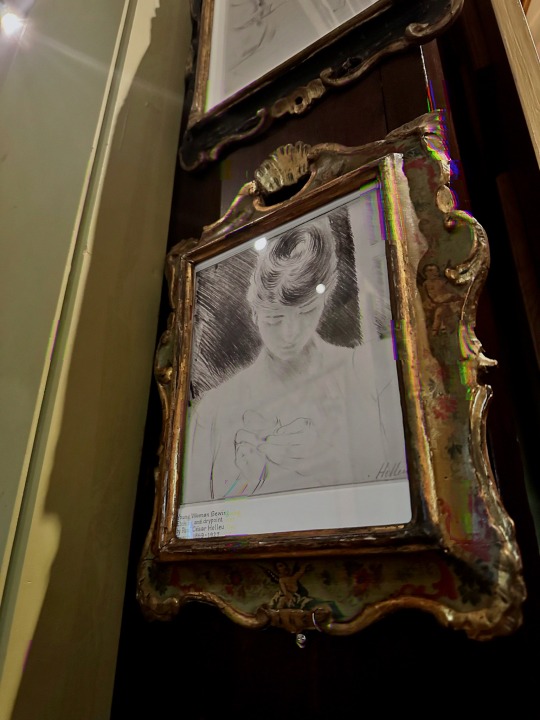

even if it kills you, leave your homes when you can! 🫥🫣👍🏽☔️
#at tea time everybody agrees#museum moods#girlblogging#coquette aesthetic#anti-hero#bpd and me#black coquette#coquette community#dark coquette#summer storm#coquette core#gloomy coquette#dark femininity#soft feminine#black femininity#hyper feminine#green asthetic#it’s me hi i’m the problem it’s me#recovery#personal#carefree black girl#tumblr live#black content creator#live streaming#black beauty
66 notes
·
View notes
Text

|X|
#upload#moss appreciation#moss aesthetic#moss posts#goblin#goblincore#goblin posting#green asthetic#green#flowercore#flowers
188 notes
·
View notes
Text


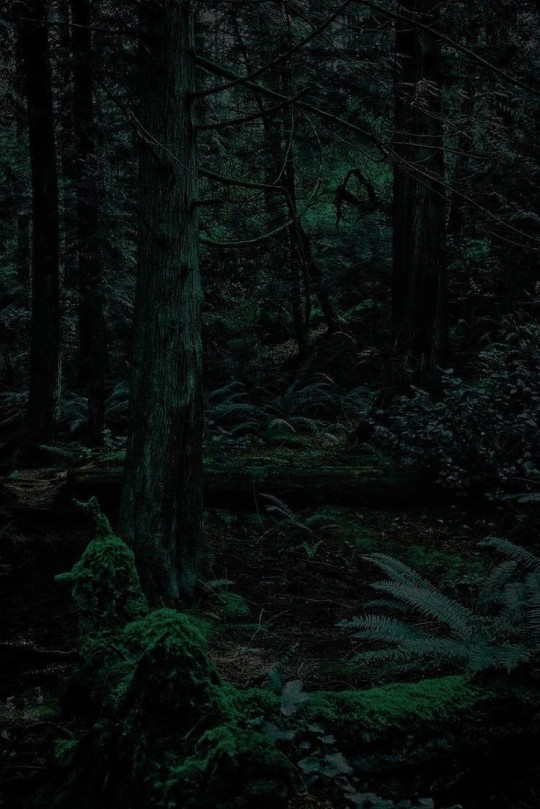
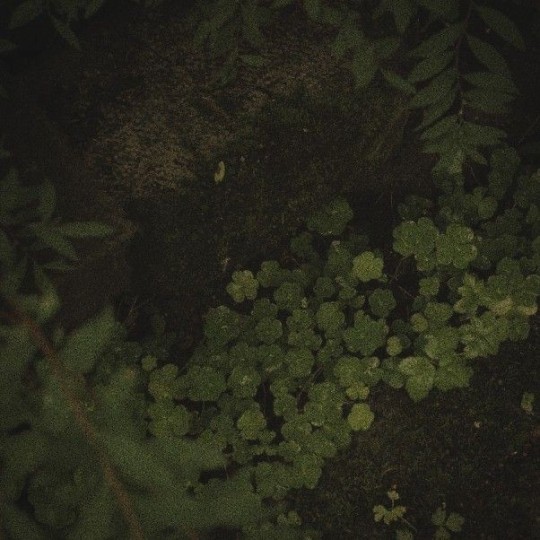

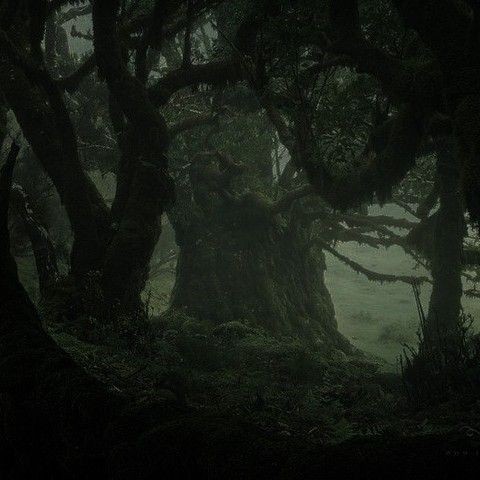



This is literally where I blog from.
#dark naturalism#greenery#dark green#dark green aesthetic#dark green moodboard#green asthetic#green moodboard#aesthetic#my moodboards#moodboard#green#earth aesthetic#earthy#earth#plants#trees
189 notes
·
View notes
Text
Heart confetti | green
For custom colors just shoot me an ask!
Please reblog if you use!!!










#divider#free to use#aesthetic dividers#cute dividers#dividers by benkeibear#valentines day#heart dividers#valentines aesthetic#green dividers#borders#resources#blog resources#graphics#green asthetic
13 notes
·
View notes
Text

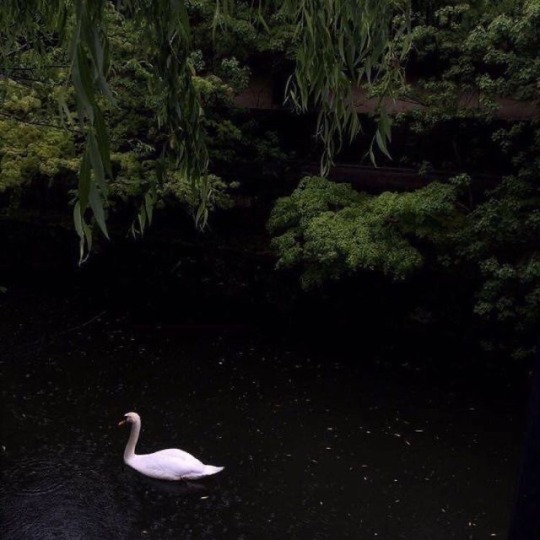








𝙼𝚘𝚘𝚍𝚋𝚘𝚊𝚛𝚍 • 𝙻𝚘𝚟𝚎 𝙼𝚢 𝚆𝚊𝚢
➪ Like ɑnd reblog ། Curtɑ e reblogue
➪ Don’t repost ། Nα̃o reposte
➪ Comment ། Comente
“In a room without a door
A kiss is not enough in
Love my way, it's a new road
I follow where my mind goes”
#bts#bangtan boys#bts moodboard#bts icons#kpop moodboard#kpop#kpop aesthetic#bts aesthetic#kpop icons#dark aesthetic#bts v#kim taehyung moodboard#kim taehyung packs#kim taehyung icons#kim taehyung layouts#kim taehyung lockscreens#kim taehyung avatars#dark green aesthetic#green moodboard#green asthetic#green vibes#dark nature#bts lockscreens#bts lq packs#bts layouts#cottage academia#cozy cottage#cottage vibes#cottagecore#cottage aesthetic
60 notes
·
View notes
Note
Hello! It's Raine from discord! I would like to request a green butterfly themed moonboard (I'm a green butterfly therian, lol). Please take your time with it, and don't rush, I can wait! ^^

"What the caterpillar calls the end of the world the master calls a butterfly."
For my new friend @raineiscooler from the discord server.
You beautiful being, fly free
#mood board#my mood board#moodboard aesthetic#aesthetic board#mood bored#aesthetic moodboard#my mood boards#green#green asthetic#butterfly#butterflies#green butterfly#wayward makes mood boards#alter humanity#theriotype#therian#butterfly therian
7 notes
·
View notes
Text
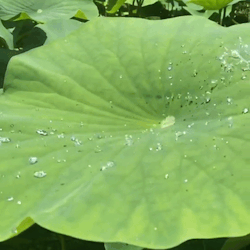

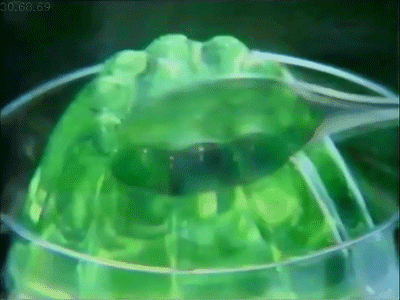
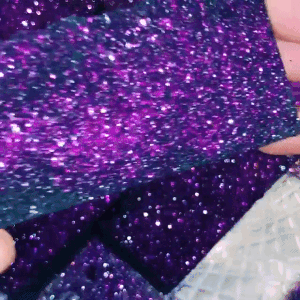


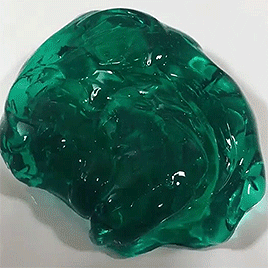

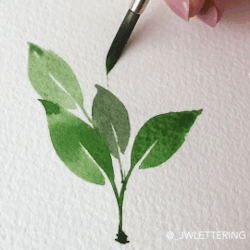
Green and purple stimboard
all gifs from pinterest

8 notes
·
View notes
Text

Owed art for an oc I'm getting <3
#furry community#furry art#furry fandom#furrycore#furry#furry oc#fursona art#2000score#scene furry#green#green asthetic#flowers
9 notes
·
View notes